Disclosure: This article contains affiliate links. We may earn a commission from purchases at no extra cost to you, which helps our travel content.
When most people hear 'Port-au-Prince,' they immediately conjure images from sensationalized news headlines. Yet beneath this superficial narrative lies one of the Caribbean's most vibrant artistic capitals, where creativity flourishes against a backdrop of remarkable geological formations that have shaped Haitian culture for centuries. As someone who has studied the Earth's formations across six continents, I've found few places where the connection between land and human expression is as profound as in Haiti's capital.
The Geological Canvas of Haitian Art
Port-au-Prince rests within a seismically active zone where the North American and Caribbean plates engage in a slow, powerful dance. This geological tension has historically manifested in devastating earthquakes, including the 2010 disaster that remains etched in global memory. Yet what fascinates me as both geologist and cultural observer is how this volatile landscape has influenced Haitian artistic expression.
The limestone formations surrounding the capital provide not just building materials but pigments that have colored Haitian art for generations. Local artists have historically ground these minerals into vibrant paints, creating a direct connection between the land and artistic expression. During my visits to studios in Croix-des-Bouquets, I've watched artisans transform recycled oil drums into intricate metal sculptures using techniques passed down through generations—the metallic clanging providing a rhythmic soundtrack to neighborhood life.
For students interested in both art and earth sciences, I recommend bringing a quality field notebook for sketching and notes. The humid climate can wreak havoc on standard paper, but these weatherproof pages will preserve your observations through unexpected afternoon showers.
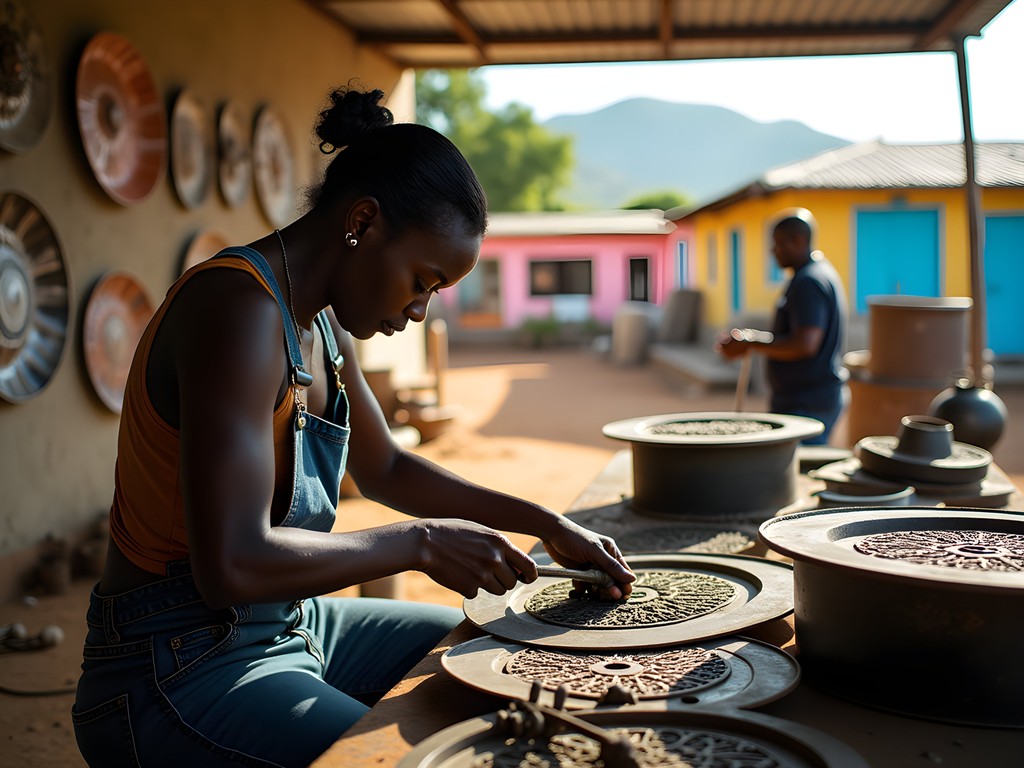
💡 Pro Tips
- Visit the metal workshops of Croix-des-Bouquets in morning hours when artists are most active
- Ask permission before photographing artists at work—offering to purchase small pieces supports their livelihood
- Look for the natural pigments in paintings—ochres and blues often come from local mineral sources
FOKAL and the Cultural Renaissance
The Foundation for Knowledge and Liberty (FOKAL) represents one of Port-au-Prince's most remarkable cultural institutions. Housed in a beautifully restored building in the Pacot neighborhood, FOKAL serves as an intellectual and artistic hub where students can attend lectures, exhibitions, and workshops. During my last winter visit, I spent three afternoons in their extensive library researching Haitian geological surveys while local university students debated literature and politics around me.
What makes FOKAL exceptional is its commitment to preserving Haiti's cultural heritage while fostering progressive dialogue. Their calendar regularly features film screenings, book discussions, and art exhibitions that challenge perceptions of Haitian identity. For students visiting Port-au-Prince, this space offers an invaluable entry point into contemporary Haitian intellectual life.
The center's garden café provides a peaceful retreat from the city's intensity. I often bring my noise-canceling earbuds to work on my notes while enjoying Haitian coffee. The ability to toggle between immersing in the ambient conversations and creating a quiet workspace has made this spot my productive sanctuary in the capital.

💡 Pro Tips
- Check FOKAL's online calendar before visiting as events often feature English translation
- The library contains rare resources on Haitian history not easily found elsewhere
- FOKAL's Wi-Fi is among the most reliable in the city—perfect for uploading photos or research
The Grand Rue Arts District: Creation from Chaos
Few artistic movements have captivated me like the Grand Rue phenomenon. This neighborhood, once primarily known for auto repair shops and recycling yards, has transformed into one of the most innovative art districts in the Caribbean. Here, a collective of artists creates monumental sculptures from discarded materials—car parts, computer components, and household debris—that speak to both environmental concerns and Vodou spirituality.
My first visit to Grand Rue in 2018 fundamentally changed my understanding of resilience. The juxtaposition of challenging socioeconomic conditions with extraordinary creative output demonstrates how art serves as both resistance and healing. The sculptural works emerging from this community command attention in major museums worldwide, yet visiting their source provides context impossible to appreciate otherwise.
This area requires appropriate preparation. The narrow alleys and workshops can be challenging to navigate, so I recommend wearing sturdy footwear. My trail running shoes have proven perfect for navigating the uneven terrain while being respectful enough for studio visits. Additionally, carrying a portable water filter ensures you stay hydrated without generating plastic waste in a community already overburdened with environmental challenges.
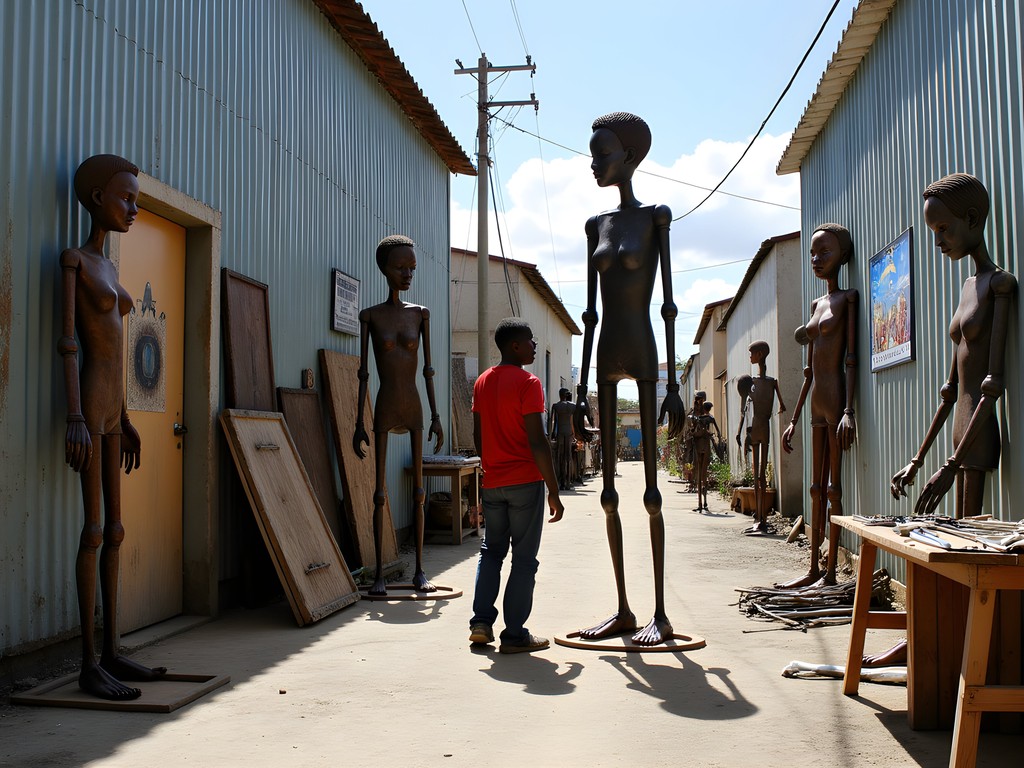
💡 Pro Tips
- Visit with a local guide who has connections to the artists—impromptu visits may feel intrusive
- Bring small US dollar bills if purchasing art directly from creators
- Be prepared for confronting imagery that addresses poverty, politics and spirituality head-on
Observing Geological Resilience at Marché de Fer
The Iron Market (Marché de Fer) stands as a testament to Port-au-Prince's geological and cultural resilience. This historic structure, with its distinctive red metal towers, has been repeatedly damaged by earthquakes and fires, yet continues to rise—much like the tectonic landscape that surrounds it. Following the 2010 earthquake, I was heartbroken to see it in ruins. Returning in 2019 to witness its restoration felt like observing geological processes accelerated: destruction followed by renewal.
Beyond its architectural significance, the market offers students a living classroom in cultural economics. Here, artisans sell everything from hand-painted canvases to intricate beadwork. The market's organization reflects Haiti's complex social structure—with different sections catering to varying economic levels and cultural preferences.
During market explorations, I rely on my crossbody anti-theft bag which keeps essentials secure while leaving hands free for examining crafts or taking photographs. The market can get intensely hot, so I also recommend a cooling towel that maintains its cooling effect even in the humid Haitian climate.
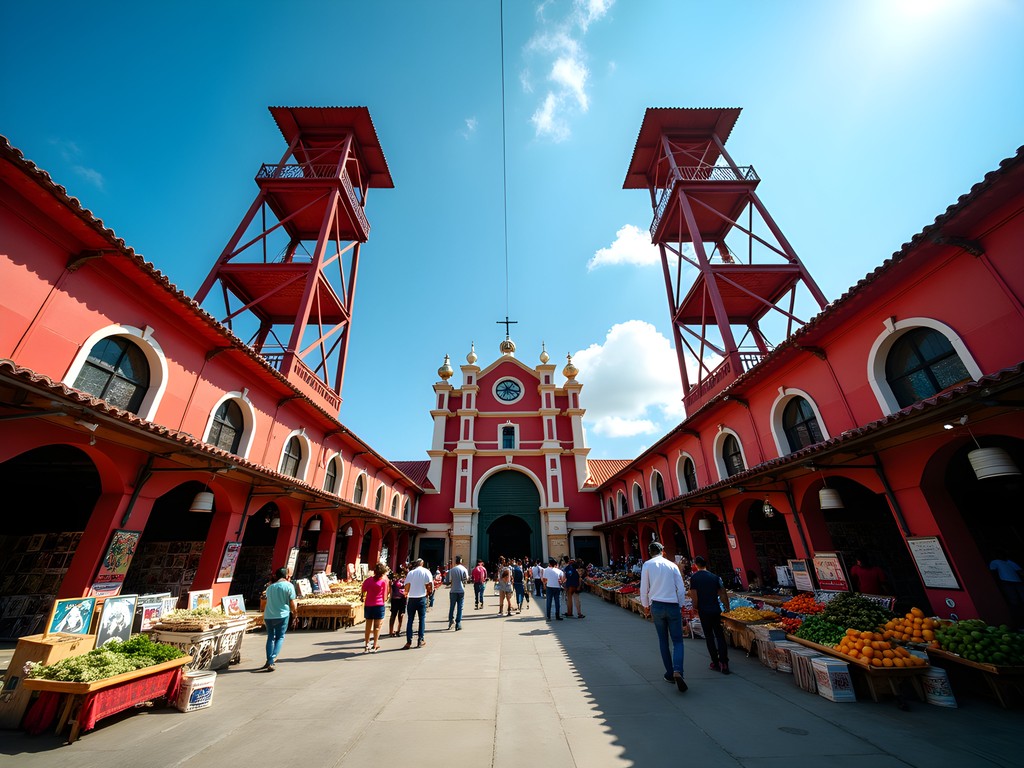
💡 Pro Tips
- Visit early morning (before 10am) when temperatures are cooler and vendors are setting up
- Practice basic Haitian Creole phrases—even simple greetings significantly enhance interactions
- Look for artisans creating works on-site rather than only finished pieces for a deeper understanding of techniques
Stargazing and Cultural Astronomy at Observatoire Astronomique d'Haïti
Few visitors realize that Port-au-Prince offers remarkable opportunities for astronomical observation. The Observatoire Astronomique d'Haïti, located in the cooler elevations above the city, provides both scientific education and a window into Haitian cultural astronomy. As someone who has studied celestial observation sites across cultures, I find the blending of Western astronomical knowledge with traditional Haitian star lore particularly fascinating.
During my winter visits, I've participated in their Friday night public viewing sessions, where local astronomers point out constellations while explaining their significance in both global astronomy and Haitian folklore. The relative lack of light pollution compared to many Caribbean capitals makes for surprisingly good viewing conditions.
For students interested in astrophotography, I recommend bringing a smartphone telescope adapter that allows you to capture celestial objects through the observatory's telescopes using your phone camera. The staff are generally accommodating of careful photography through their instruments.
The observatory also houses a small but significant collection of meteorites found in Haiti, connecting the geological heritage of the island with broader cosmic phenomena—a reminder that Haiti's story extends far beyond Earth's boundaries into the cosmos that shaped our planet.
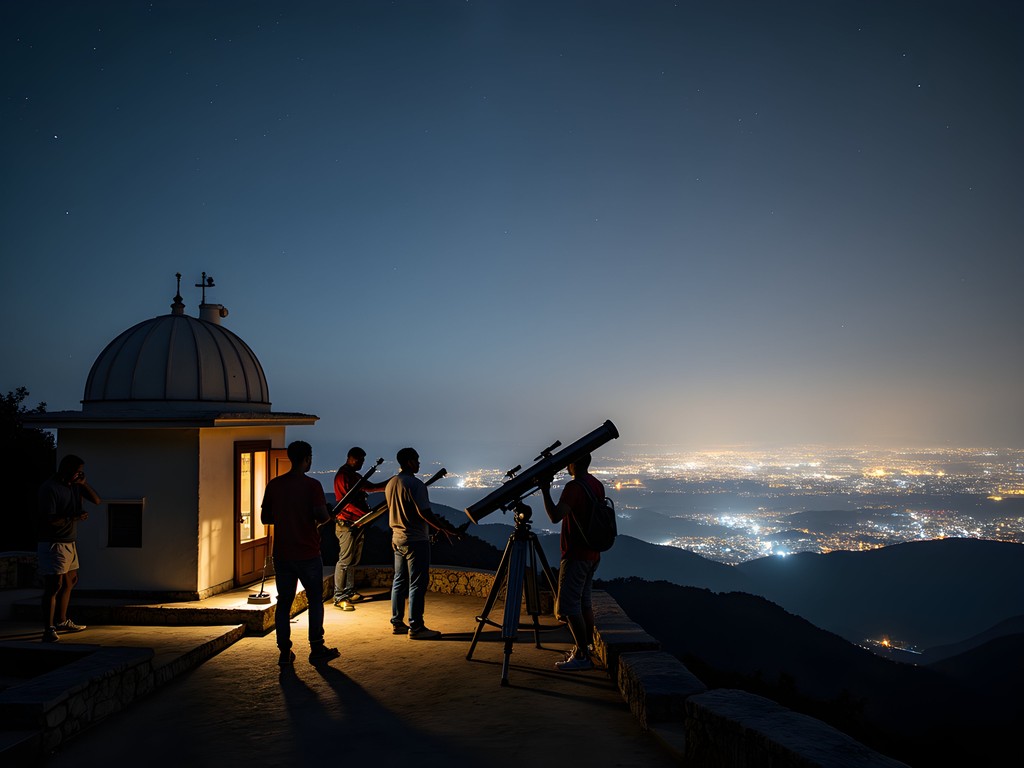
💡 Pro Tips
- Call ahead to confirm public viewing nights as schedules sometimes change based on weather conditions
- Bring a light jacket even in winter as the elevation makes evenings surprisingly cool
- Ask about the Haitian names for constellations—they often differ from Western traditions in fascinating ways
Final Thoughts
Port-au-Prince defies simplistic narratives. Like the geological forces that have shaped Haiti—compression, friction, and metamorphosis—the capital's cultural landscape represents a continuous process of creation amid challenge. For students seeking to understand the relationship between environment and human expression, few destinations offer such profound lessons.
As you prepare for your journey, remember that tourism in Haiti requires both respect and preparation. The infrastructure challenges are real, but so is the extraordinary warmth of Haitian hospitality. By approaching with cultural humility and geological curiosity, you'll discover layers of meaning inaccessible to conventional tourists.
I often tell my geology students that understanding a landscape requires both scientific measurement and human connection. The same applies to Port-au-Prince—its full story emerges only when we examine both its physical foundations and the creative spirit that has flourished upon them. In this remarkable city where art emerges from adversity and ancient traditions inform contemporary expression, you'll find not just an education but a transformation in how you understand the relationship between place and culture.
✨ Key Takeaways
- Port-au-Prince's art scene directly reflects its geological setting and historical challenges
- Cultural centers like FOKAL provide safe entry points for deeper engagement with Haitian intellectual life
- The city offers unique opportunities to observe how communities create meaning and beauty amid environmental challenges
- Winter visits provide optimal conditions for both urban exploration and astronomical observation
- Proper preparation allows students to navigate infrastructure limitations while engaging meaningfully with local culture
📋 Practical Information
Best Time to Visit
November through March (dry season)
Budget Estimate
$50-100 per day including modest accommodations, meals, and local transportation
Recommended Duration
5-7 days
Difficulty Level
Intermediate
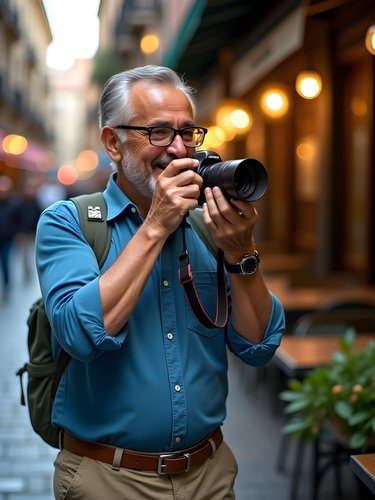
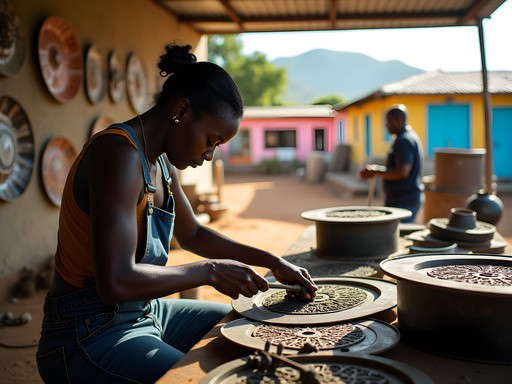
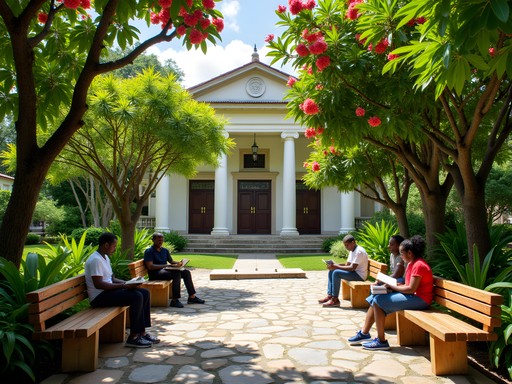

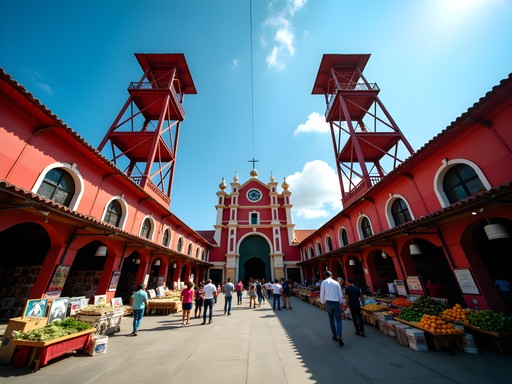
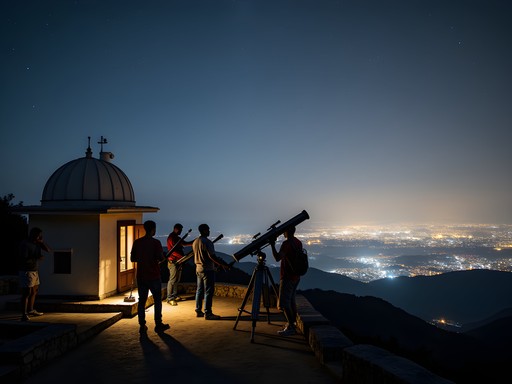


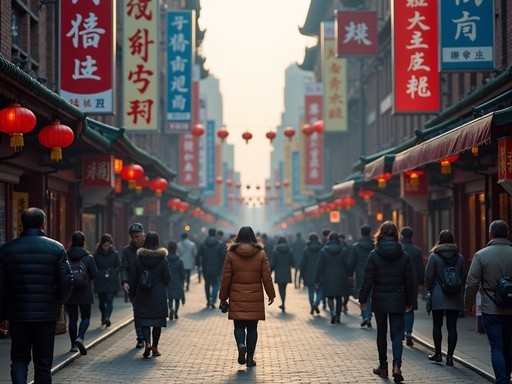
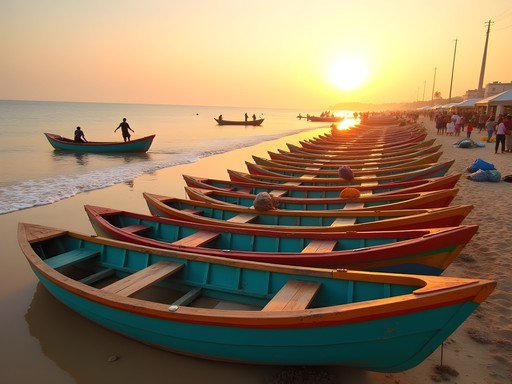
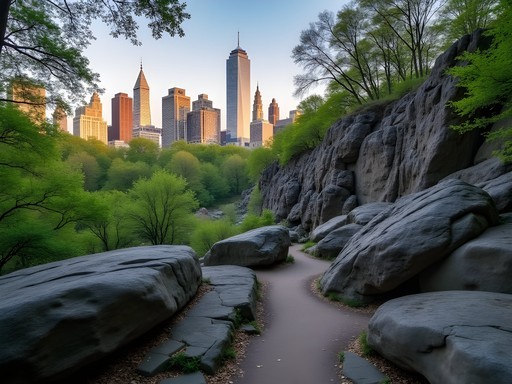
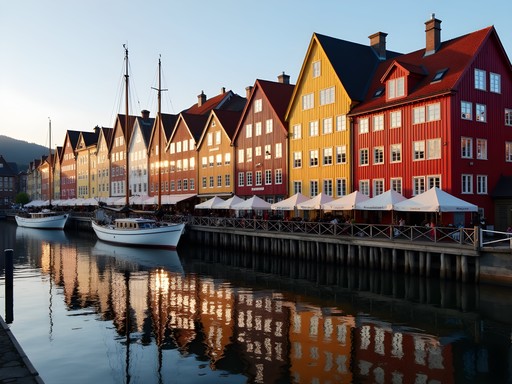
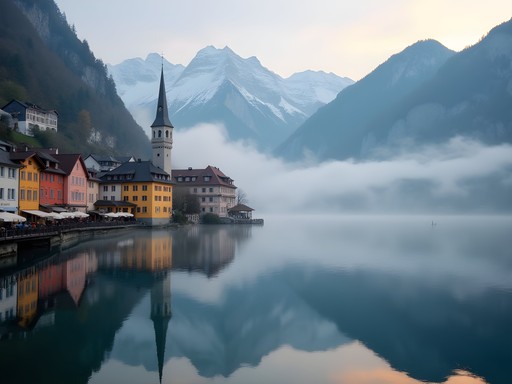



Comments
Nicole Russell
This post makes me so happy! I spent three weeks in Haiti last year doing a photo project on contemporary artists, and it changed my perspective completely. The FOKAL cultural center is such an incredible hub of creativity - I attended a poetry slam there that blew my mind even though my Creole is terrible! For anyone planning to visit, I recommend connecting with Haitian artists on Instagram beforehand. Many are happy to show visitors their studios if you reach out respectfully. The contrast between the creative energy and the challenges is what makes Port-au-Prince's art scene so powerful. The artists I met were creating breathtaking work while navigating daily power outages and other obstacles. Their resilience is truly inspiring. Thanks for shining light on this often overlooked gem!
Robert Garcia
Thanks Nicole! Completely agree about connecting with artists beforehand. The Instagram community of Haitian artists is surprisingly accessible. Did you make it to any of the smaller galleries in Pétionville?
Nicole Russell
Yes! Galerie Monnin was a highlight - their collection of vodou-inspired contemporary art is incredible. And I stumbled upon this tiny place called Atelier Jerome that had the most stunning paintings. The hills of Pétionville feel like a different world compared to downtown.
starqueen
Those Grand Rue sculptures look amazing! Added to bucket list.
stargal
Love your geological metaphors throughout the article! Are there any actual geological sites worth visiting in/near Port-au-Prince?
explorerider
How's the language barrier if you only speak English? Worth learning some Creole phrases?
Robert Garcia
Many artists and people in the tourism sector speak some English or French, but learning basic Creole greetings goes a long way! I used pocket phrasebook which was super helpful.
dreamguide
YESSS!! The art scene in Haiti is INCREDIBLE and so underappreciated! I visited the Iron Market last year and was blown away by the creativity. The way Haitian artists use color is unlike anywhere else I've been. Thanks for highlighting this amazing cultural treasure!
starqueen
Did you feel safe there? Still nervous about visiting.
dreamguide
I went with a local guide which I'd definitely recommend. Stick to daytime visits in the main cultural areas and you should be fine. Common sense stuff!
wanderbuddy
Finally a post about Haiti that isn't just about problems! Refreshing perspective.
Ahmed Greene
Robert, this takes me back! I visited Port-au-Prince back in 2022, and the Grand Rue Arts District was absolutely mind-blowing. Those sculptures made from car parts and scrap metal tell such a powerful story about resilience and creativity in the face of hardship. I spent hours talking with an artist named Marcel who turned an old transmission into what looked like a mechanical archangel. One tip for others: bring small US dollar bills for purchasing art directly from creators. Many artists appreciate the support, and you'll get pieces you'd pay 10x for in galleries abroad. Also, the food vendors near FOKAL serve amazing griot and pikliz!
moonwalker
Great post! I've always been curious about Haiti's art scene but worried about safety. How did you navigate around Port-au-Prince? Did you have a local guide?
Robert Garcia
Thanks! I worked with a local guide named Jean who specializes in art tours. Definitely recommend having someone local with you. The art districts are generally fine during the day, but you want someone who knows the current situation.
moonwalker
That makes sense! Do you have contact info for Jean or similar guides you'd recommend?
Robert Garcia
Sure! You can find Jean through FOKAL (mentioned in the article). They have a network of cultural guides. Just email their visitor center.
mountainnomad
Just got back from Haiti last month and can confirm - the art scene in PAP is incredible. The FOKAL cultural center was a highlight - they had a poetry reading while I was there that blended Creole and French in ways that were mesmerizing even with my limited language skills. One tip: bring small US bills for purchasing art directly from artists. Many don't have card readers, and having the right change helps. Also, the street food around Marché de Fer is amazing - especially the fried plantains!
greenway
Great post! Does anyone know if FOKAL offers English tours? Their website is mostly in French and my French is terrible lol
explorechamp746
Yes! They have English-speaking guides. Just email them directly, they're super responsive.
greenway
Perfect, thanks so much!
Venture X
Premium card with 2X miles, $300 travel credit, Priority Pass